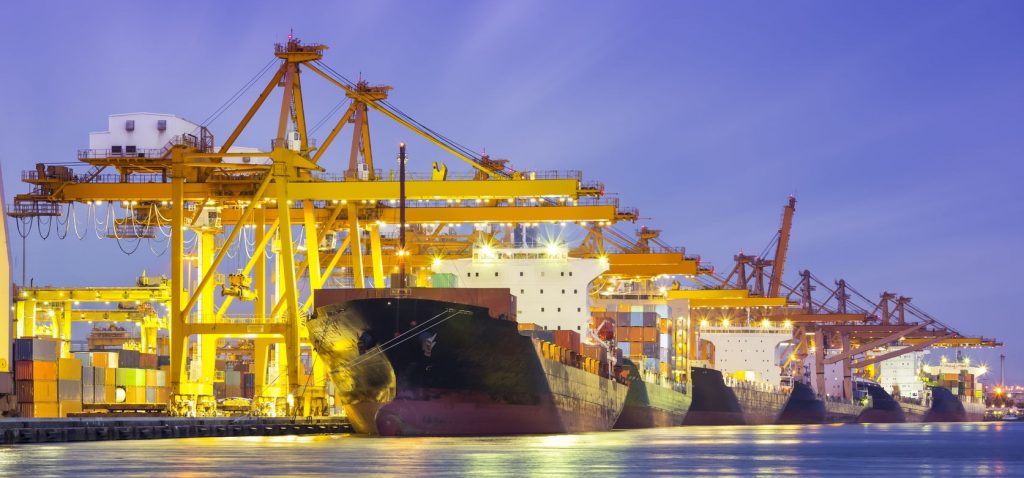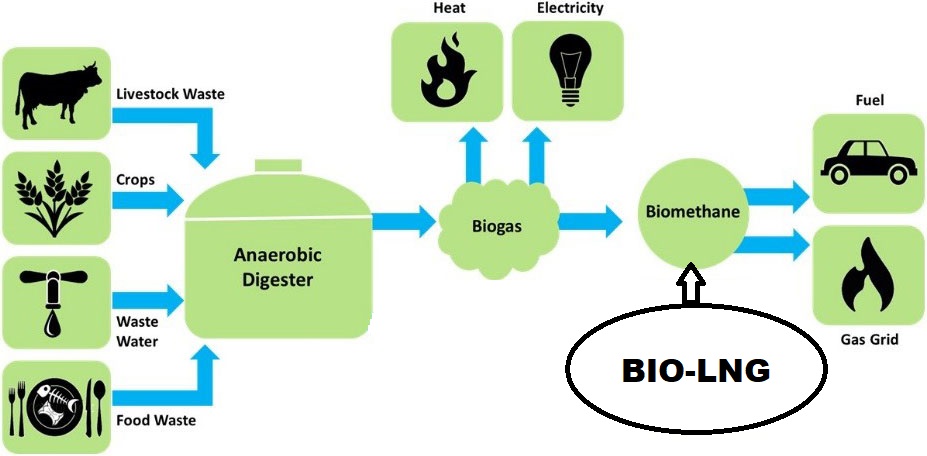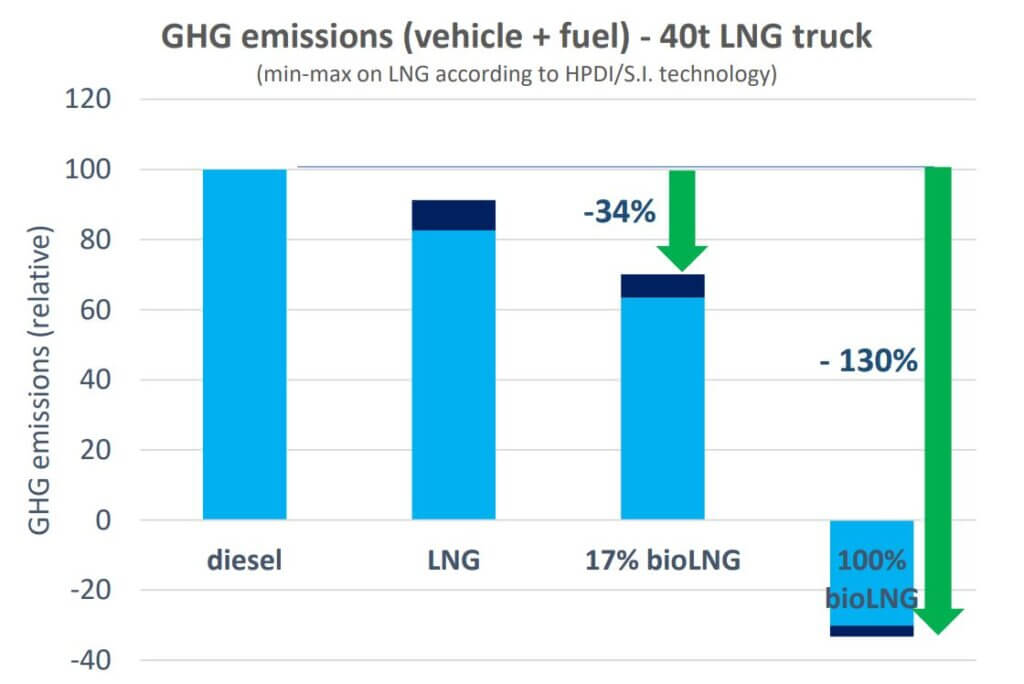Global Sourcing, Marketing, Equipment, Shipping & Logistics

What is Bio LNG
Bio-LNG is a sustainable version of LNG.
Bio-LNG is a biofuel made by processing organic waste flows, such as manure base and waste base.
Bio LNG is also known as liquefied Biomethane, Green LNG and Renewable Liquefied Natural Gas (RLNG). It is a renewable source of energy that can help to achieve emission reduction goals by exploiting existing gas networks. Biomethane is chemically a substitute to natural gas. Therefore it can serve many needs such as the transport industry.
Demand for liquefied biomethane is increasing rapidly in Euope, USA and Canada as per the requirement of a transition from fossil energy sources to renewable sources. Therefore, Bio-LNG is an available option to decarbonize maritime and heavy-duty road transport.
Our Services
We collaborate with a team of experts in the Renewable LNG sector in Canada, USA, Europe and Asia.
We help buyers and our partners to source RLNG from different suppliers/producers, we offer equipment for sale at competitive prices, we provide financing solutions and we help develop turnkey RLNG supply solutions by Iso containers.
Our Group can also offer international shipping and logistics services. We have export licenses in Canada and in the USA and we have access to fleets of ISO Tanks (40ft) through our partners & collaborators.
Renewable LNG can be easily transported by road, rail and by sea (Port-to-Port) using ISO tank containers that meets international standards.
The benefits of Bio-LNG
Clean, Renewable, Efficient and Safe.
Biomethane is produced mainly from agricultural biomass (agricultural waste and animal waste) and also by processing waste from the food processing chain.
Given the presence of gas infrastructures and storage facilities in different countries, the production of bio-LNG do not requires large investments and can be produced at reduced costs in comparison to the investment required to set up wind and solar projects.
Some reseach and studies predicts that by 2030, the biogas and biomethane sectors could almost double production and with an continued increase in the coming decades.
Bio LNG is sustainable
Despite being chemically a gas, biomethane is considered neutral considering the impact of emissions and is 100% renewable as it is produced through waste material. Renewable Natural Gas ensures improvement in air quality in urban contexts because of the almost absence of nitrogen monoxide.
Value creation
Biomethane could help revamp local economies by creating new jobs needed for this sector and by optimizing the disposal needs of processing waste.
Supply Chain
Bio-LNG can be easily integrated into the LNG supply chain (and CNG) because of the established presence of infrastructures for the transportion and distribution of liquefied natural gas.
Bio-LNG mix with LNG
Bio LNG can be blended to use mixt of 40% bio LNG with LNG. Such blended bio lng can help reduce the CO2 emissions from the heavy-duty transport and the shipping sector by more than 50%. Other ratio are also possible depending on the buyers and end users requirement.
A renewable and non-fossil variant of LNG

The systems required to produce Biomethane turn the cost of waste management into a revenue opportunity for farms and industries. Having the ability to convert waste into electricity, heat or fuel for vehicles.
Renewable LNG (RLNG) is a renewable source of energy that can reduce dependence on oil imports, it can help to reduce greenhouse gas emissions, improve air quality, increase local jobs, etc.
What is the usage of Bio-LNG
The use of Bio-LNG is suitable for all energetic needs and is well known as a fuel for transportation because of the scarcity of renewable energy sources for transportation purposes. Being a clean energy source, renewable natural gas can also be used for production of energy and for heating purposes.
The emissions vehicles using natural gas are lower than those using traditional fuels.
Bio-LNG Transportation and Logistics

Liquefied biomethane (LBM) can be transported using Tanker trailers, Cryogenic ISO Containers and in bulk by using small-scale LNG vessels. Bio LNG can be transported using the existing LNG infrastructure with no need for further technological adaptations. Therefore, the support of LNG infrastructure is a key component for the future success of this product and sector.
Contact us if you would like to discuss about Green LNG solutions.
How is it Produced ?

Bio-LNG is obtained through the liquefaction of Biomethane, through anaerobic digestion of biomass and organic waste which are 100% renewable. When anaerobic digestion of waste base occurs, biogas is emitted in the process. The main components in this biogas are methane and carbon dioxide. In order to make Biomethane, the methane is separated from the carbon dioxide and then liquefied.
Greenhouse gas reductions
The contribution of Bio LNG to the global decarbonisation objectives is not limited only to the energy consumption. The production process of biomethane can help to reduce emissions in the agricultural sector and restore organic matter to the soil.
The digested material that remains after the anaerobic digestion process of waste base can also be use as a natural fertilizer.
Greenhouse Gas Emissions (GHG) – Diesel vs BioLNG

The future needs Bio LNG as Fuel

In order to reach its full potential, the industry needs consistent policy support and renewable fuel standard that will encourage investment and innovation in the biomethane industry.
We believe that many countries and companies that intends to diversify its fuel supply and to take tangible actions against climate change, should definitely consider the many benefits of RLNG.
What is Green LNG ?
Green LNG is an emerging trend in the liquefied natural gas industry which has been pushed by the need of decarbonization worldwide. Due to the increasing demand of LNG in Asia and in many countries across the world, some major LNG suppliers are now being asked by some of their customers for Green LNG.
In order to be considered as Green LNG the suppliers offset their greenhouse gas emissions from the LNG supply chain by investing in carbon neutral projects outside the sector.
Contact our Biofuel marketing team if you are looking to source Biofuels, Green LNG or for any Renewable LNG solutions.

Learn More about the Benefits of Bio-LNG (renewable LNG)
Bio-LNG, derived from renewable sources such as organic waste, holds tremendous promise for the world’s energy landscape. This clean and sustainable alternative to traditional liquefied natural gas (LNG) offers a multitude of benefits and a bright future for both the environment and society.
First and foremost, Bio-LNG significantly reduces greenhouse gas emissions by utilizing organic waste materials such as agricultural residues, organic waste, animal manure and wastewater. Renewable Liquefied Nattural Gas (RLNG) production helps mitigate the release of methane, a potent greenhouse gas, while also diverting waste from landfills and incineration.
Moreover, RLNG offers enhanced energy security by decreasing dependence on finite fossil fuel reserves. Its renewable nature ensures a consistent and reliable energy supply, thereby reducing geopolitical tensions associated with traditional LNG production and distribution.
In addition to its environmental and security benefits, RLNG presents economic opportunities for industries and communities worldwide. The development of RLNG infrastructure stimulates job creation and fosters innovation in renewable energy technologies, driving economic growth while supporting local communities.
Furthermore, Renewable LNG serves as a versatile energy source, suitable for various applications including transportation, power generation, and heating. Its compatibility with existing LNG infrastructure facilitates seamless integration into global energy systems, providing a scalable solution for transitioning towards a more sustainable energy future.
With ongoing advancements in biofuel technology and increasing global awareness of the urgency to combat climate change, we believe that Renewable LNG (Biomethane) is poised to play a pivotal role in decarbonizing the energy sector. By harnessing the power of renewable resources, Bio-LNG offers a cleaner, greener, and more sustainable path forward for the world, ensuring a brighter future for generations to come.
Bio-LNG Information, Links, Articles
- https://bioenergyinternational.com/biogas/new-eba-report-shows-significant-growth-and-potential-for-biomethane
- https://www.bioenergy-news.com/news/wartsila-to-supply-worlds-largest-bio-lng-plant-in-norway/
- https://www.galileoar.com/us/renewable-natural-gas-solutions/biolng-compressed-rng/
- https://cmacgm-group.com/en/news-media/Energy-transition-in-shipping-First-BioLNG-production-project-at-a%20French-port
- https://en.wikipedia.org/wiki/Renewable_natural_gas
- https://www.eesi.org/papers/view/fact-sheet-biogasconverting-waste-to-energy
- https://www.gasworld.com/bio-lng-deemed-absolutely-urgent-during-world-biogas-event/2021956.article
- https://gasmobility.totalenergies.com/lng-biolng
- https://www.econnectenergy.com/markets/bio-lng
- https://www.naturalgasworld.com/total-partners-develop-bio-lng-for-shipping-89935
- https://www.spglobal.com/platts/en/market-insights/latest-news/natural-gas/112420-industry-groups-push-potential-of-bio-lng-as-transportation-fuel